Constable Katekar, the wholesome side-kick of Sartaj Singh from Sacred Games Season 1, was seriously missed in the show’s second installment.
This pure character provided a sweet respite from the otherwise dystopian world of Sacred Games.
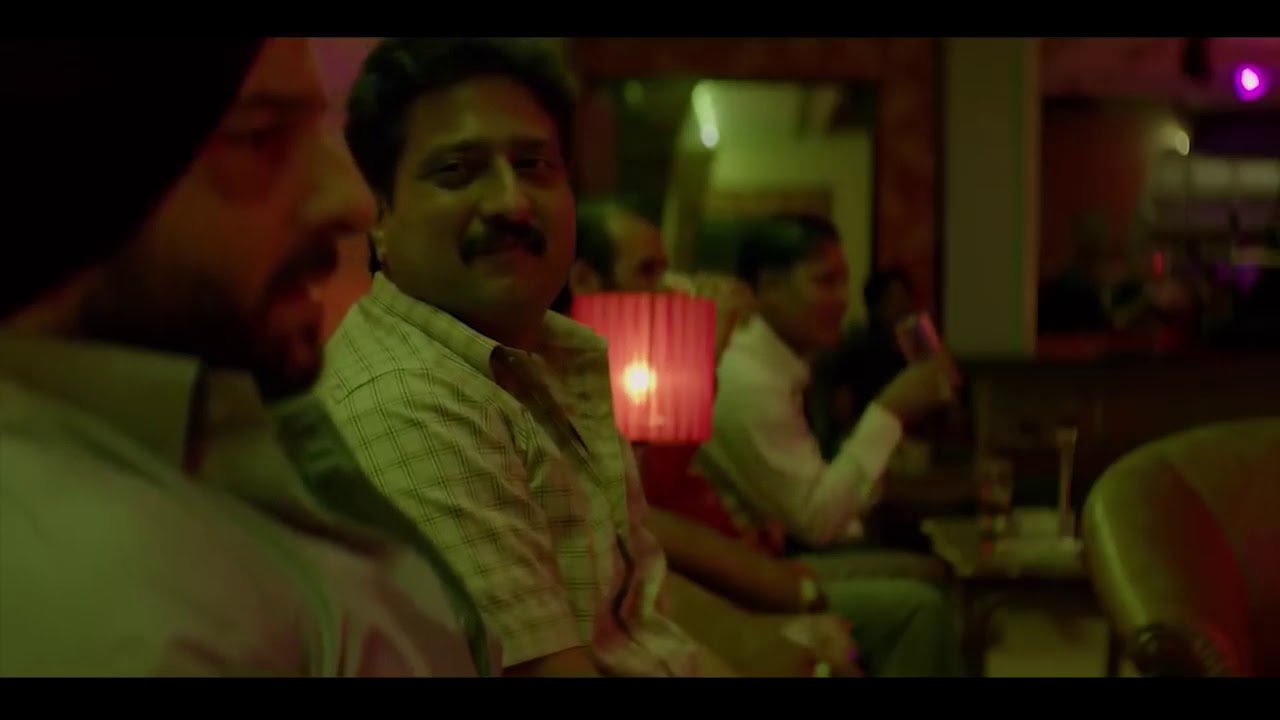
@jitendrajoshi27 Katekar Bhau ♥️♥️♥️♥️
— Harsh Nandedkar (@HCBNN) July 13, 2018
What an amazing character and some insane acting by Jitendra Joshi! #SacredGames #Netflix #AnuragKashyap #Katekar pic.twitter.com/wS3XB7ykMd
His character provided a comical relief. Sneak peeks into his personal life with Sartaj acting like the worst thirdwheel, Katekar’s penchant to prioritise the call of duty over and above everything, and his loyalty towards Sartaj made him an irreplaceable character in Season 1.
His bond with Sartaj kept Singh in check. He might not be the protagonist of the show, but he was the Robin to Sartaj’s Batman.
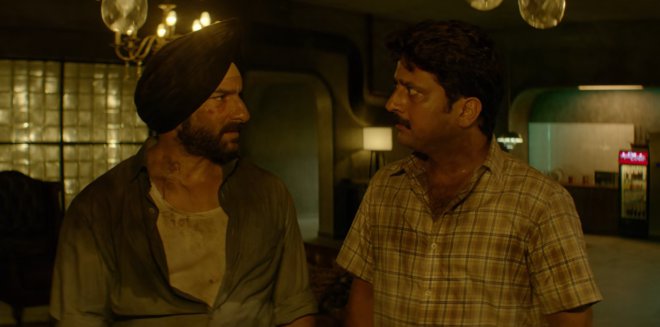
Remember this conversation between Sartaj and Katekar, where Singh was feeling beat about the sheer drag of going to work only to see it undone the next day?
Sartaj referring to the trash on the beach says, ‘ye roz-roz beach saaf karo toh saaf ho jayega?’ This was a metaphor for the presence of crime in the country and the dejection Sartaj felt at never seeing the end of it.
Katekar, being his glass-half-full-self, says, ‘aaj toh saaf hai na, kal ka kal dekhenge.’
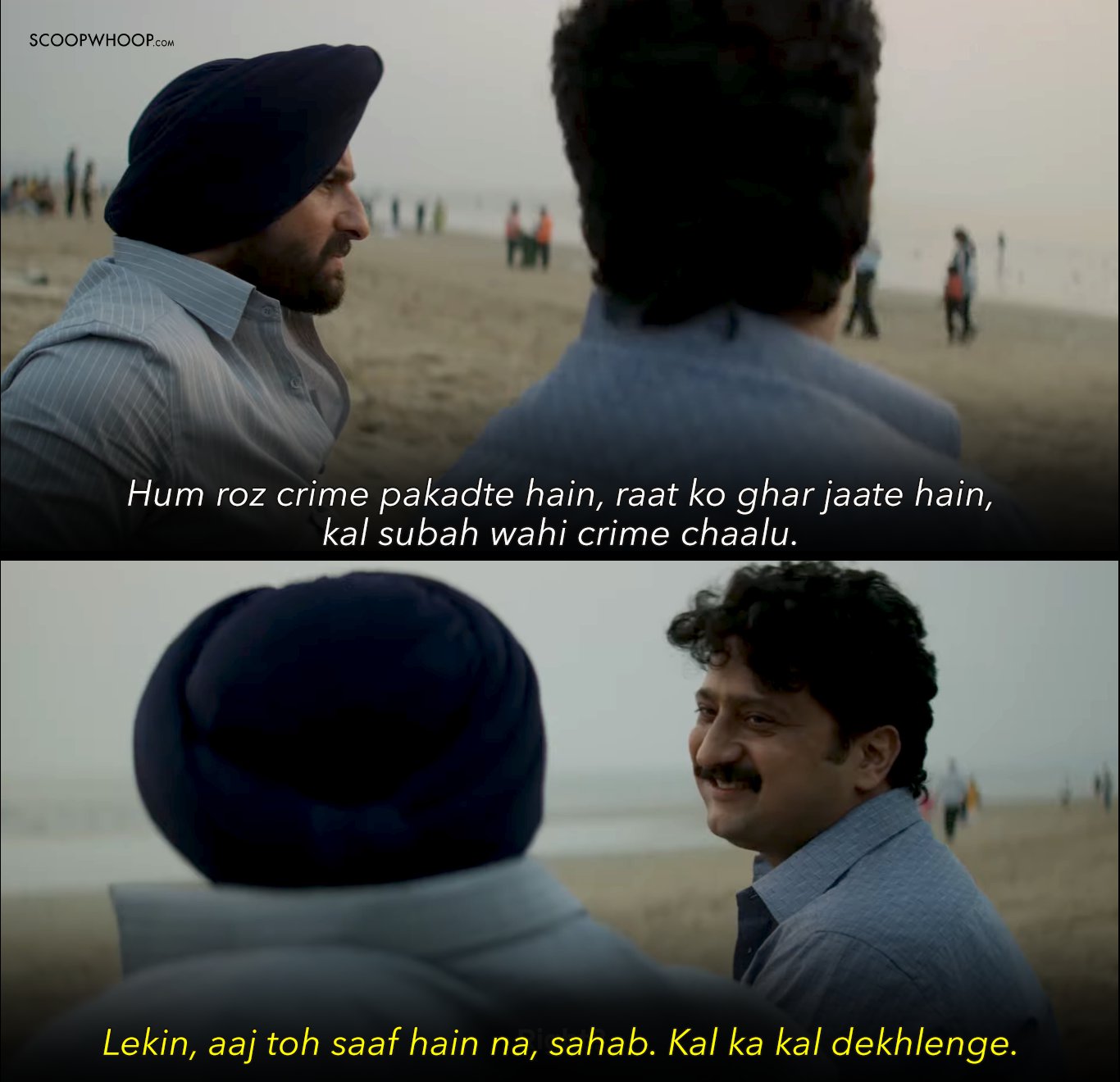
This one scene epitomises what was actually lacking in the second season. You balance the bad with the good, the complex with the simple, and the pessimism with the ‘we’ll see’ attitude.
The stupefying scene in Season 1- when Katekar is gone for good and his wife asks Sartaj to call him, hoping that he’ll return from the dead- left a giant hole in our hearts.
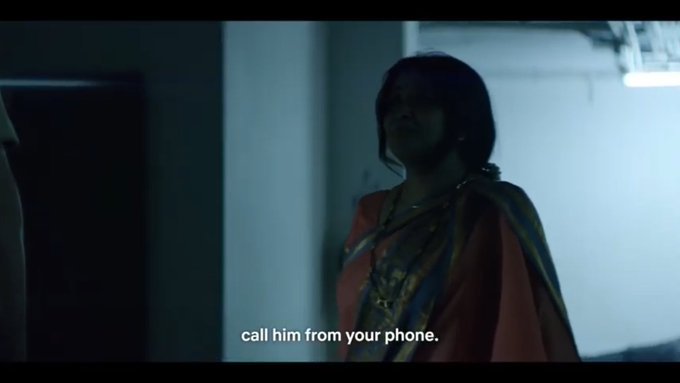
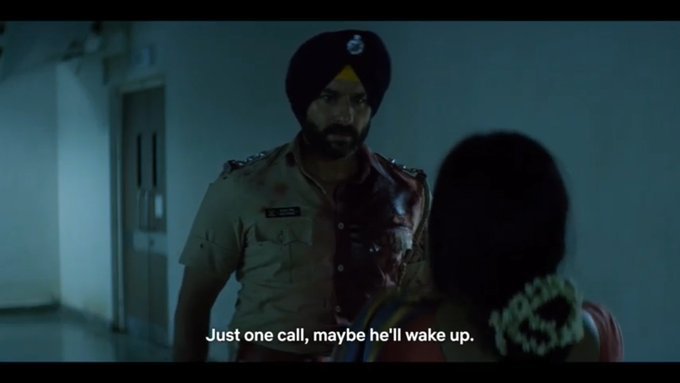
The ghost of Katekar haunted the second season, only materialising for 15 seconds in the last episode. But his absence was felt throughout the season.
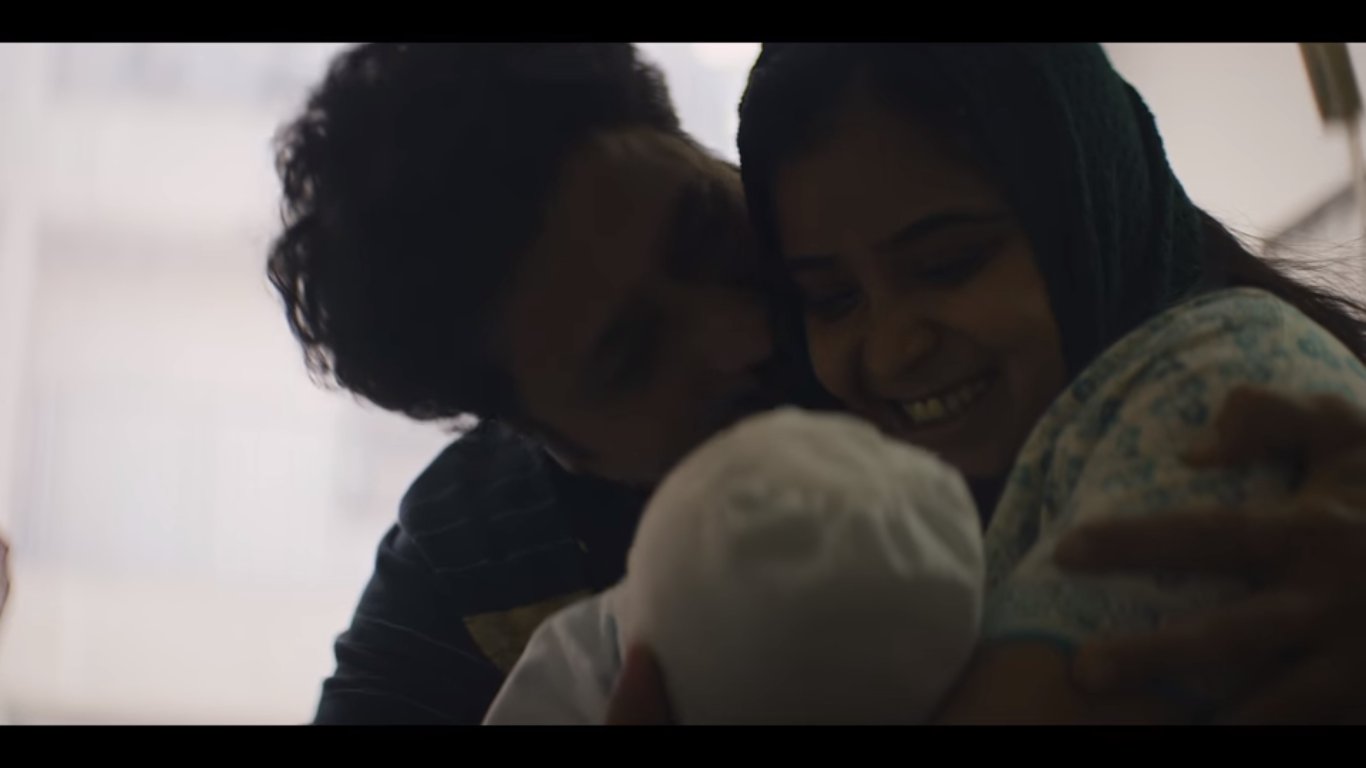
#SACREDGAMES2 is soulless without someone like Katekar. 3 episodes done. Takes itself very seriously. Disappointed. Hope it gets better.
— Salil Palkar (@salilpalkar) August 16, 2019
#SacredGamesS2 my favourite part was the 15 seconds #katekar was on. Puts a smile to every face.
— Sailesh (@saileshmishrao1) August 16, 2019
In its attempt to meet the impossible expectation levied on the second season, Sacred Games recreated Kuckoo, there was almost an overkill of provocative dialogues, and a bonus Guruji and his pravachanas. But how do you recreate a character as simple as Katekar?
Favorite scene from #SacredGames when Katekar finally gets to see Zoya Mirza live & his family looks at him grinning in the purest and most beautiful way possible. 😭 pic.twitter.com/A1LtWy05NO
— Charansh (@charansh) July 11, 2018
Disclaimer: The article does not aim to redeem Katekar for his views that exhibited communal bias.
For more stories on Netflix, click here.

















